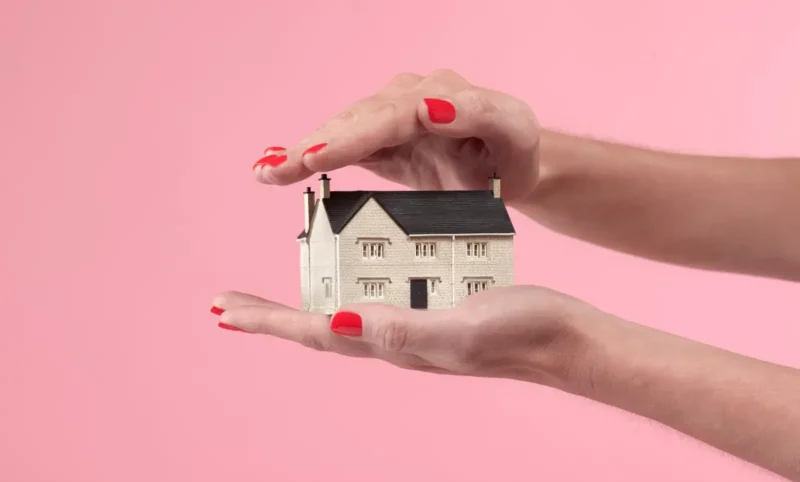Buying your first home feels exciting, but it comes with responsibilities. One of the biggest is choosing the right insurance to protect your investment. Unfortunately, misinformation often clouds decisions. Let’s clear the air about myths surrounding coverage so you can make smart choices.
Key Points
- Insurance covers all natural disasters.
- All home damage claims get approved.
- Personal belongings are fully covered under basic policies.
- Insurance costs are the same everywhere.
- Older homes are impossible to insure.
Does Insurance Cover All Natural Disasters?
A common myth suggests insurance covers every type of natural disaster. Many policies exclude damage caused by floods or earthquakes unless you buy extra coverage. For instance, if your property is in a flood-prone area, you’ll need specific flood protection. Do not assume basic policies include everything.
To learn more about tailored options for new buyers, check out the best first-time home buyer insurance at Erie Mutual. Their personalized approach simplifies the process.
Will All Claims Get Approved?

No, they won’t. Insurers assess claims based on your policy terms. If maintenance issues like mold or poor upkeep caused the damage, your claim might be denied. Similarly, if the problem existed before you purchased the coverage, you won’t get compensation.
To improve your chances:
- Read the policy carefully.
- Document home conditions during inspections.
- Report issues immediately after an incident.
Are Personal Belongings Fully Covered?
Basic policies often limit coverage for valuables such as jewelry, art, or electronics. Many first-time buyers mistakenly assume every possession is automatically protected. In reality, certain items require additional coverage.
Consider creating an inventory of your belongings and discussing coverage limits with your insurer. This ensures you won’t face surprises after a loss.
Do Costs Stay the Same Everywhere?
Insurance rates vary widely based on location, home value, and risk factors. Urban areas or regions prone to storms may face higher premiums than rural settings. Discounts might apply if you install security systems or bundle your coverage with auto policies.
When comparing quotes, focus on value instead of price alone. A cheaper policy may leave critical gaps, costing more in the long run.
Are Older Homes Impossible to Insure?

It’s true older homes can present challenges, but they are not impossible to insure. Insurers may require updates to electrical systems, plumbing, or roofs to reduce risks. Once those upgrades are complete, coverage becomes accessible.
Always ask your insurer about requirements for older homes. Investing in updates not only lowers premiums but also enhances safety.
Common Myths Simplified
Here are a few other misconceptions to avoid:
- Myth 1 ─ New homes don’t need insurance.
Fact: Every property needs protection, regardless of age.
- Myth 2 ─ Small damages aren’t worth reporting.
Fact: Failing to report minor issues can lead to bigger problems.
- Myth 3 ─ Insurers pay for temporary housing during repairs.
Fact: Only some policies include this, so confirm beforehand.
FAQ

1. Do I need insurance before closing on a house?
Yes, most lenders require proof of coverage before finalizing the mortgage.
2. Can I change providers after buying a home?
Yes, you can switch insurers anytime, but ensure continuous coverage to avoid penalties.
3. Does my policy cover home-based businesses?
Not usually. You may need a separate business policy for equipment or liability.
4. Are roommates’ belongings covered under my insurance?
No, their belongings require separate coverage unless explicitly stated.
5. How can I lower premiums?
Install safety features, maintain good credit, and ask about discounts.
Conclusion
First-time buyers face plenty of new decisions, but insurance shouldn’t overwhelm you. By understanding what policies include and avoiding myths, you can protect your home and finances effectively. Take the time to compare options and consult professionals who prioritize your needs. Reliable protection is a key step toward confident homeownership.


